 Patrick Swayze, C Thomas Howe and Charlie Sheen fighting a Russian invasion in the original 1984 film Red Dawn. Photograph: Supplied By Alpha
Patrick Swayze, C Thomas Howe and Charlie Sheen fighting a Russian invasion in the original 1984 film Red Dawn. Photograph: Supplied By Alpha Red Dawn is being remade, but China ousts Russia as America's new enemy
红色曙光-中共党朝入侵美国
A remake of the 1984 cold war teen action film says much about America's fear of its declining influence in the world.
The film was a classic piece of 1980s teen cinema framed against the paranoid geopolitics of the cold war. Red Dawn starred Patrick Swayze and Charlie Sheen as all-American teens leading an armed resistance movement against Soviet troops who had invaded the US.
Feeding on Hollywood's recent appetite for recycling old films, Red Dawn is being remade with a handsome new cast. But there is one vital difference: this time the invading communist army that takes over America is Chinese.
The new-look enemy reflects the changes that have swept the world since the fall of the Berlin Wall. First, the Soviet Union no longer exists, thus hampering any plot driven by its invasion of America. Second, a rich vein of paranoia about the rise of Chinese economic might now runs through American politics.
That would explain the viral spread of leaked stills from the movie showing mocked-up Chinese propaganda posters draped over a "Chinese/American Friendship Centre". The posters play on American fears about their nation's declining economic influence.
 "Helping You Back On Your Feet" states one, showing a Chinese hand reaching down to pull up an American one. "Rebuilding Your Reputation" states another, with a Chinese communist star imposed over a map of America that has a large crack down the middle.
"Helping You Back On Your Feet" states one, showing a Chinese hand reaching down to pull up an American one. "Rebuilding Your Reputation" states another, with a Chinese communist star imposed over a map of America that has a large crack down the middle. The film, due to be released later this year, is being shot on a budget of $75m and, like the original, features a roster of emerging stars rather than established A-list names. They include Connor Cruise, the son of Tom Cruise and Nicole Kidman; Chris Hemsworth, who was in the last Star Trek movie; and Isabel Lucas, who starred in Transformers.
However, the appeal of the film lies not in its acting talent but, like the first one, in its ability to reflect the worries of a troubled nation. The original Red Dawn, written by John Milius, who wrote the original script for Apocalypse Now, was a huge hit on its release in 1984. Its hyper-patriotism and depiction of ordinary American teenagers fighting off the "red menace" chimed with the mood of Ronald Reagan's America. It might not have been subtle, but it was a box-office hit that went on to be named a favourite conservative movie of all time. The hunt for Saddam Hussein after the invasion of Iraq in 2003 was named Operation Red Dawn in tribute to the movie.
The new Red Dawn is expected to follow in those cultural footsteps, albeit with a different enemy and reflecting not a nuclear-armed global stand-off, but rather America's fears over economic decline. The plot appears fairly close to the original. The invading Chinese troops use the pretext of America's economic problems to invade. Patriotic young people fight back against China's People's Liberation Army and the collaborators who work with them.
The Awl, a New York-based satirical website, last week obtained a leaked early copy of the script, which contained numerous scenes of high patriotism and a soundtrack that featured country star Toby Keith singing the song Courtesy of the Red, White and Blue. That theme has been taken up by the Asian media too. "US paranoia seen in new Red Dawn," said a headline on the Asia Times's website. Writer Ben Shobert went on to note: "The movie and its villains say much about current insecurities."
But cultural paranoia is only effective if based on some level of reality, and there is little doubt that America now regards the rise of China as the next major threat to its global dominance. Over the past decade China has pursued an active foreign policy in Africa and Latin America. Its rapidly growing economy is quickly catching up with the United States and it has recovered much quicker from the recent recession, which the US is still feeling. Such things have led to a strain of anti-Chinese sentiment in some parts of American politics and the media.
Those themes are played on in the new film, especially when depicting the surprise Chinese military attack that takes over the country. Yet perhaps the strongest symbol of America's decline and China's rise in the Red Dawn remake does not come from the movie's sets or script or even its plot. It comes from the fact that much of the movie was shot in and around the battered industrial city of Detroit. The city's emptying streets and many abandoned factories were seen as the perfect real-life backdrop for the city's war scenes.






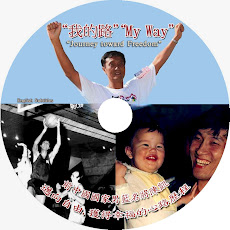







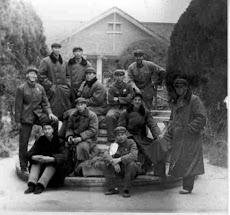

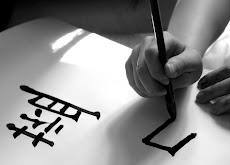
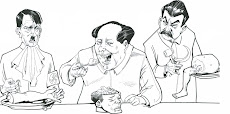
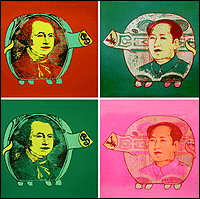
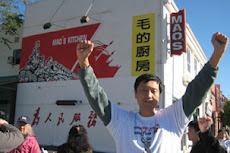


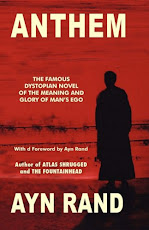










No comments:
Post a Comment